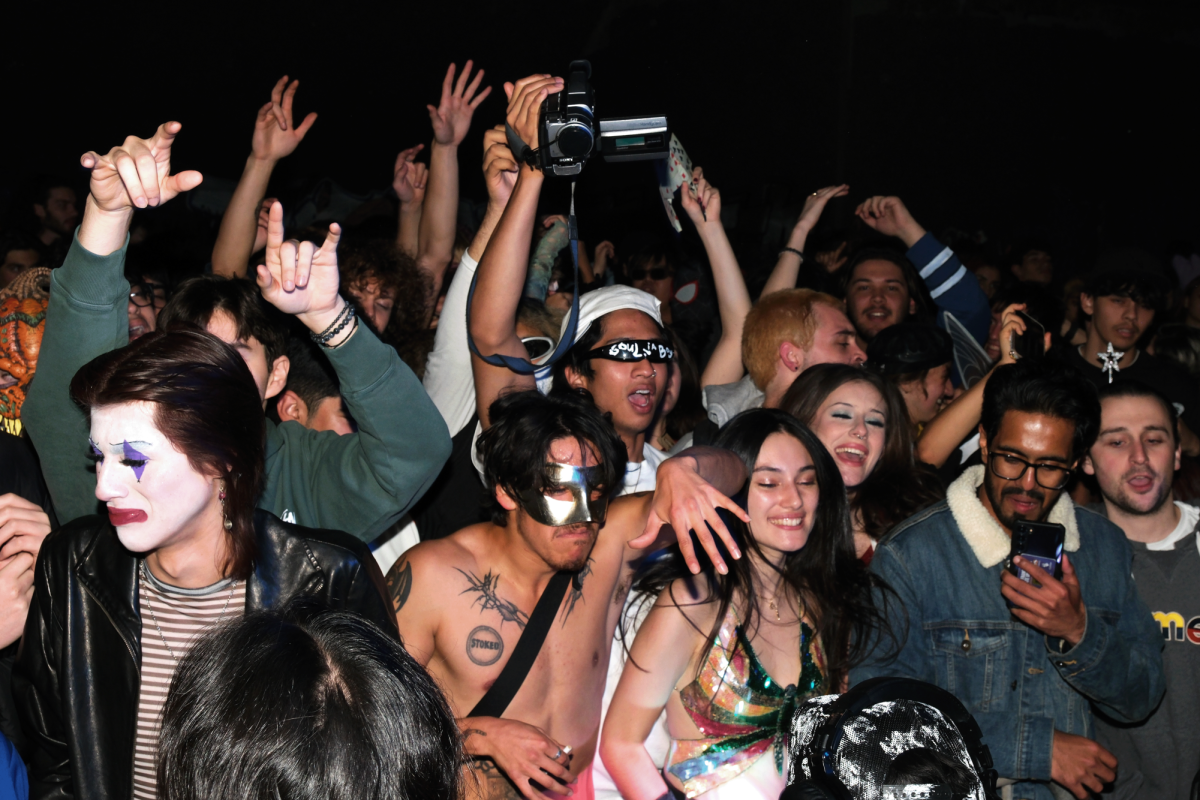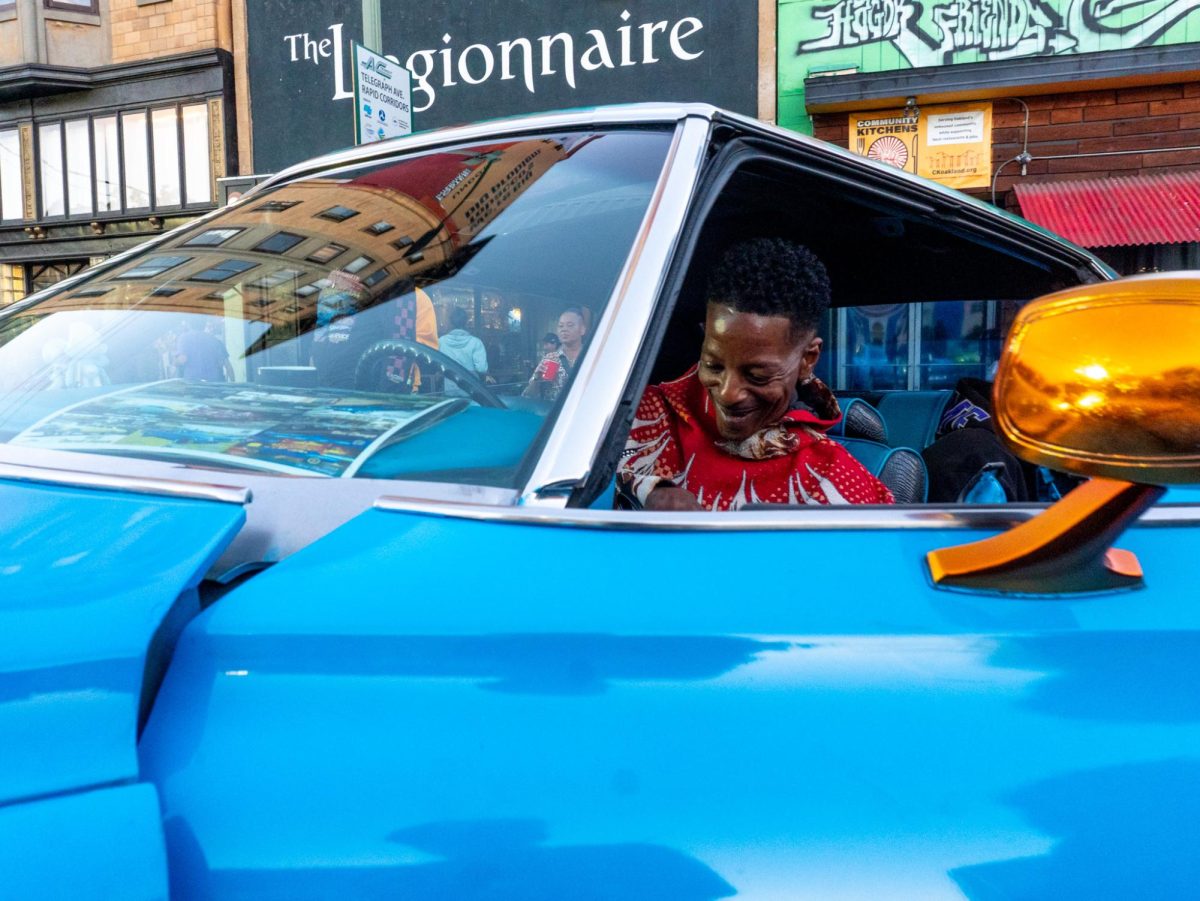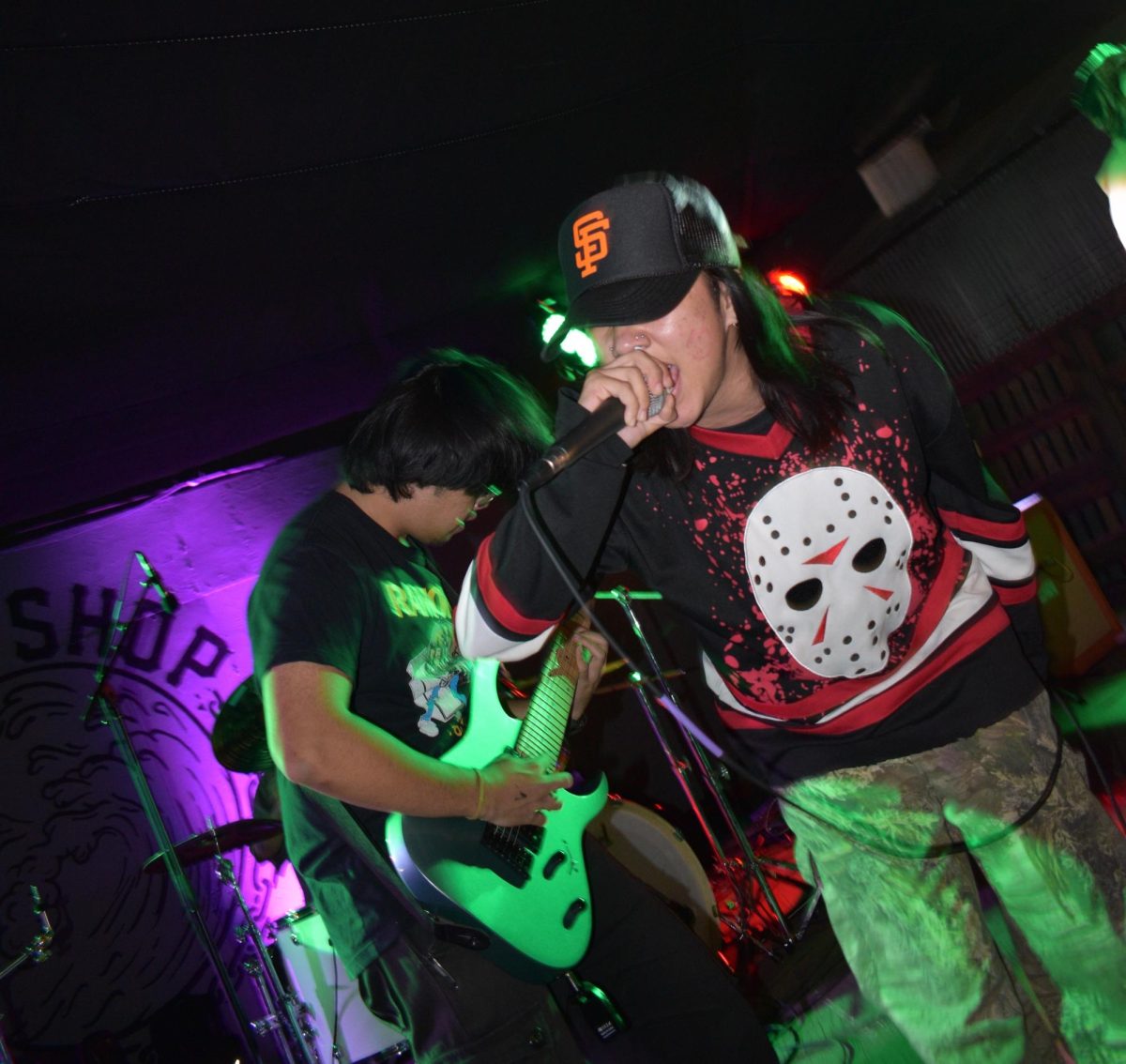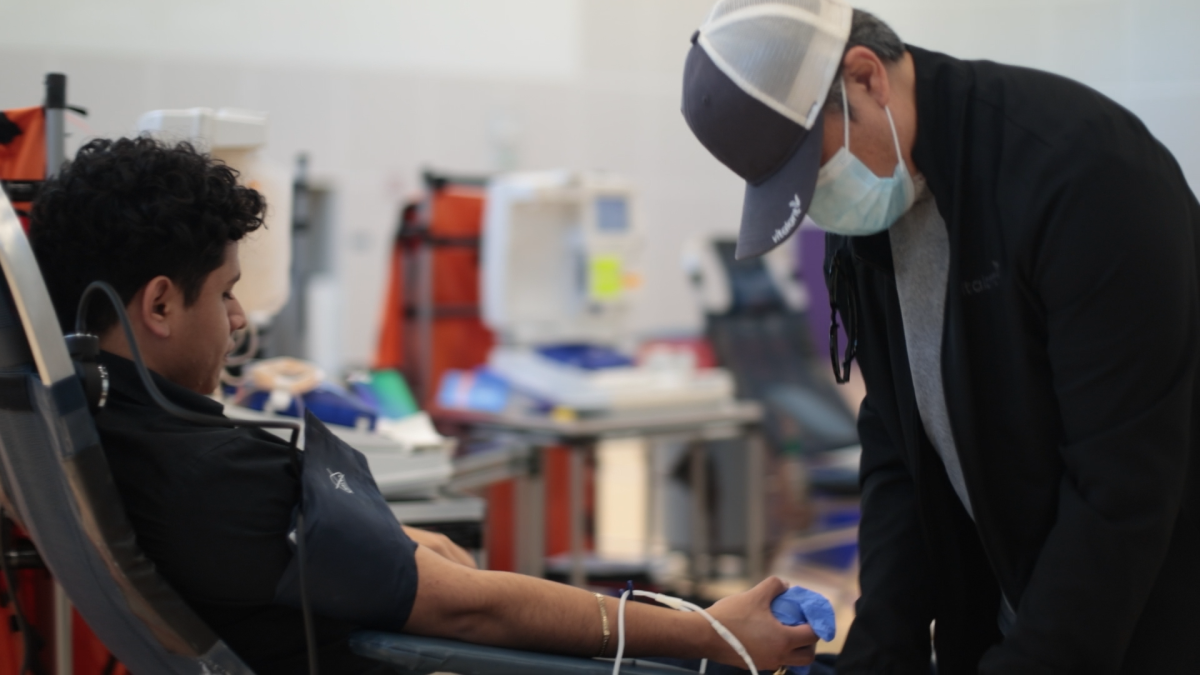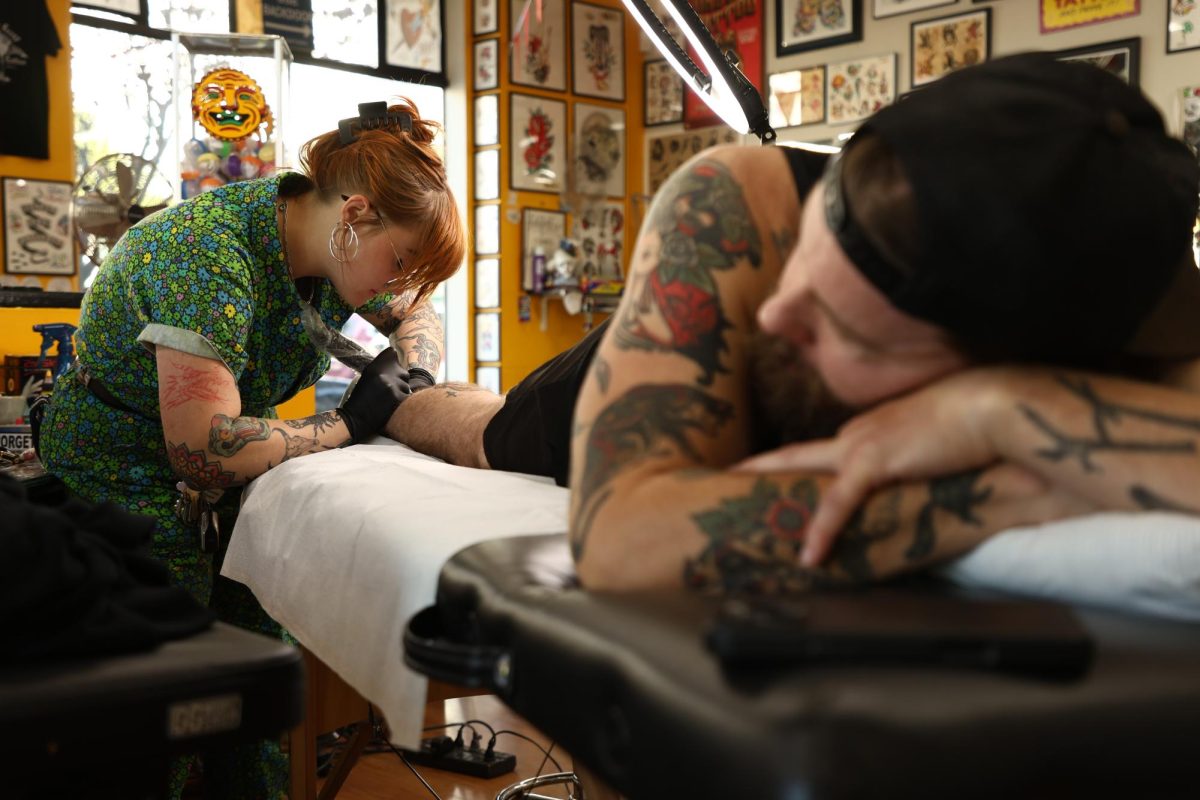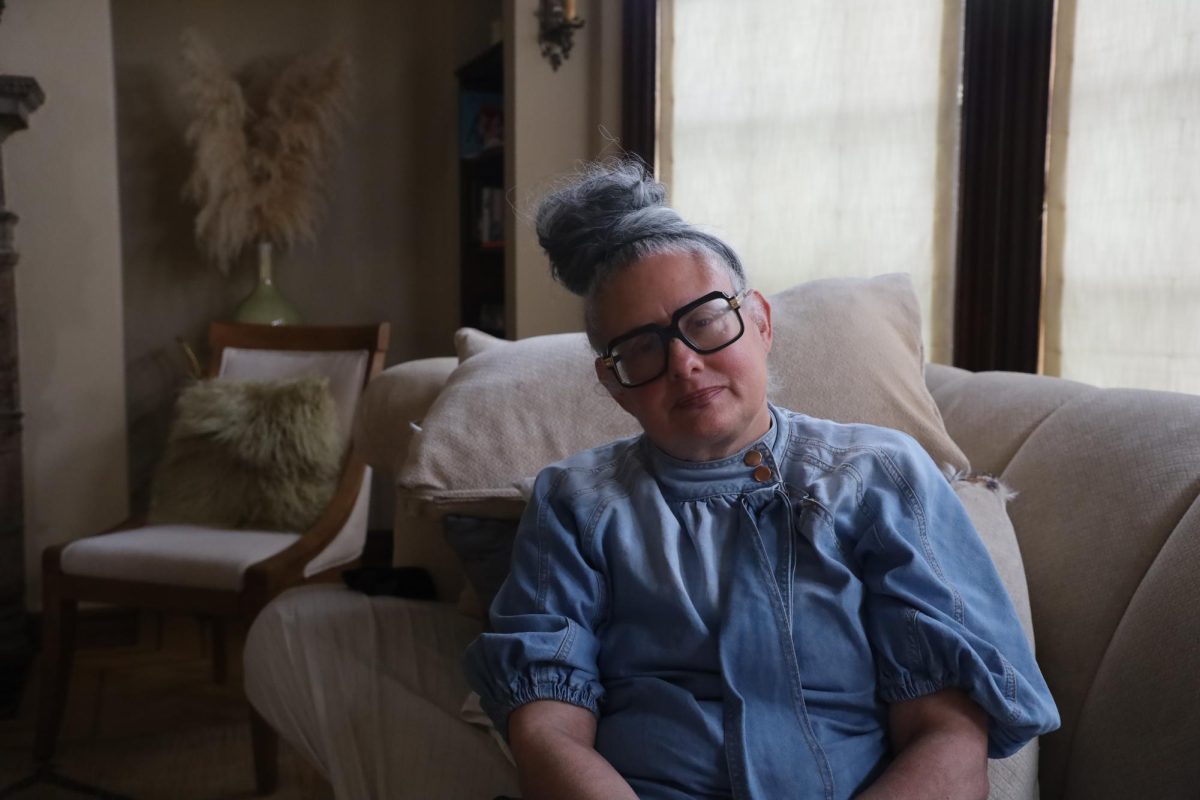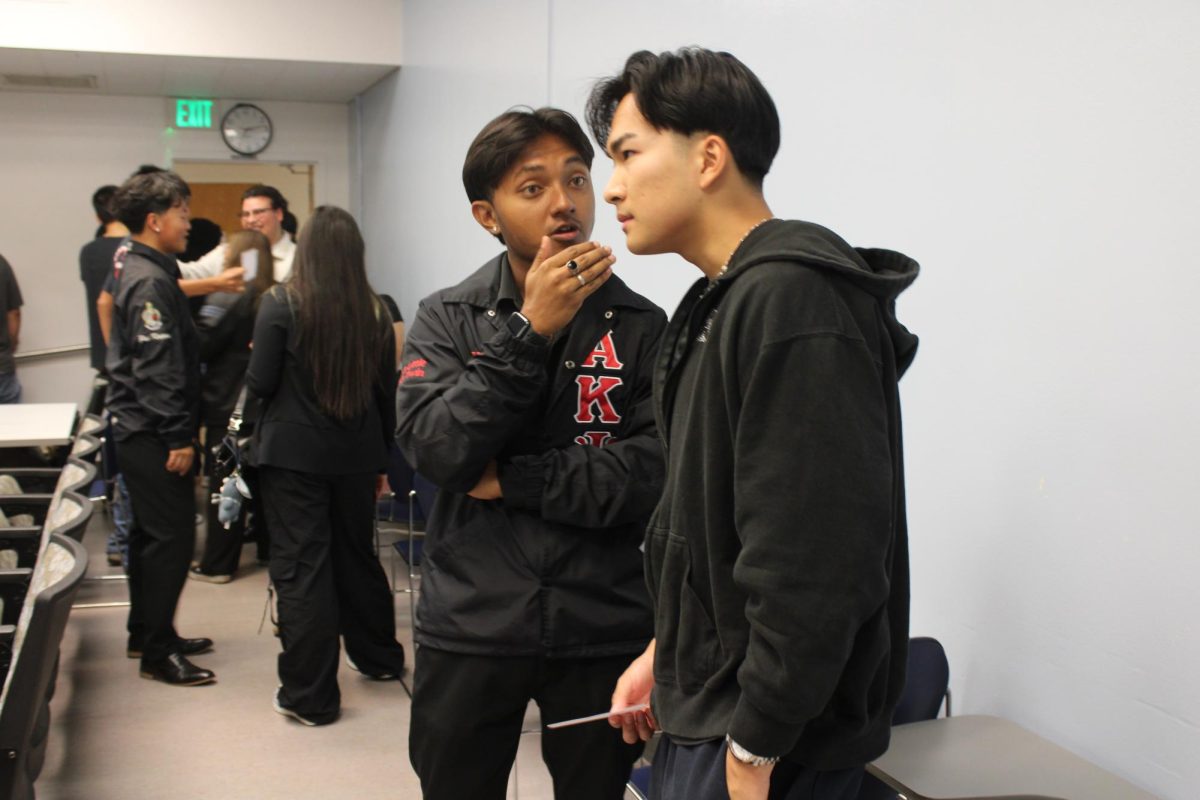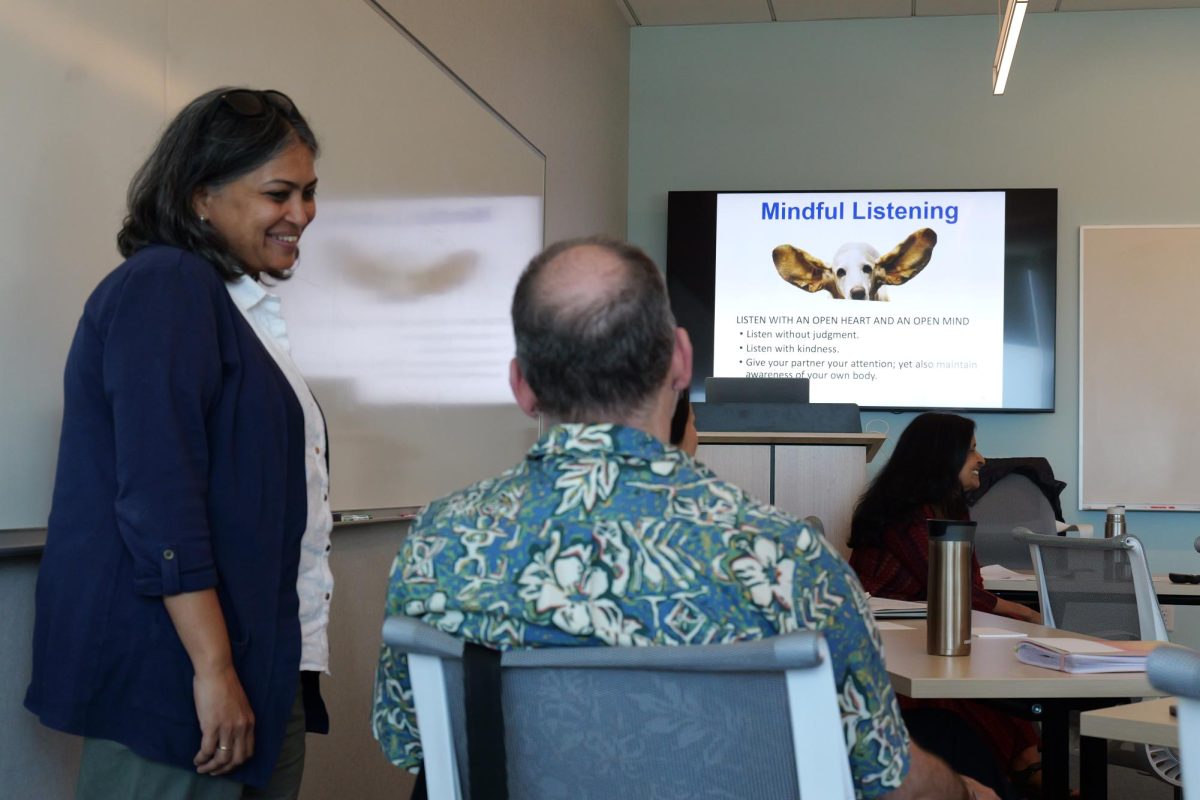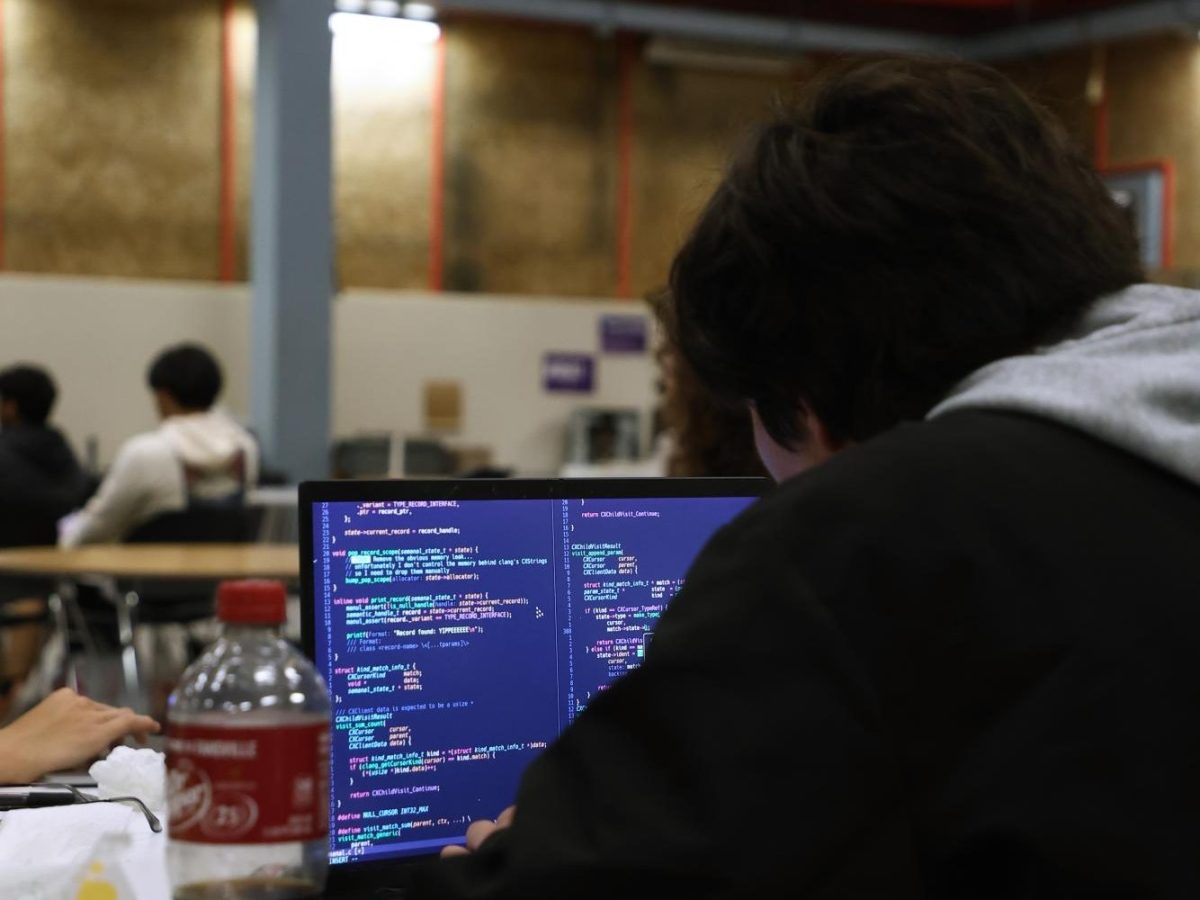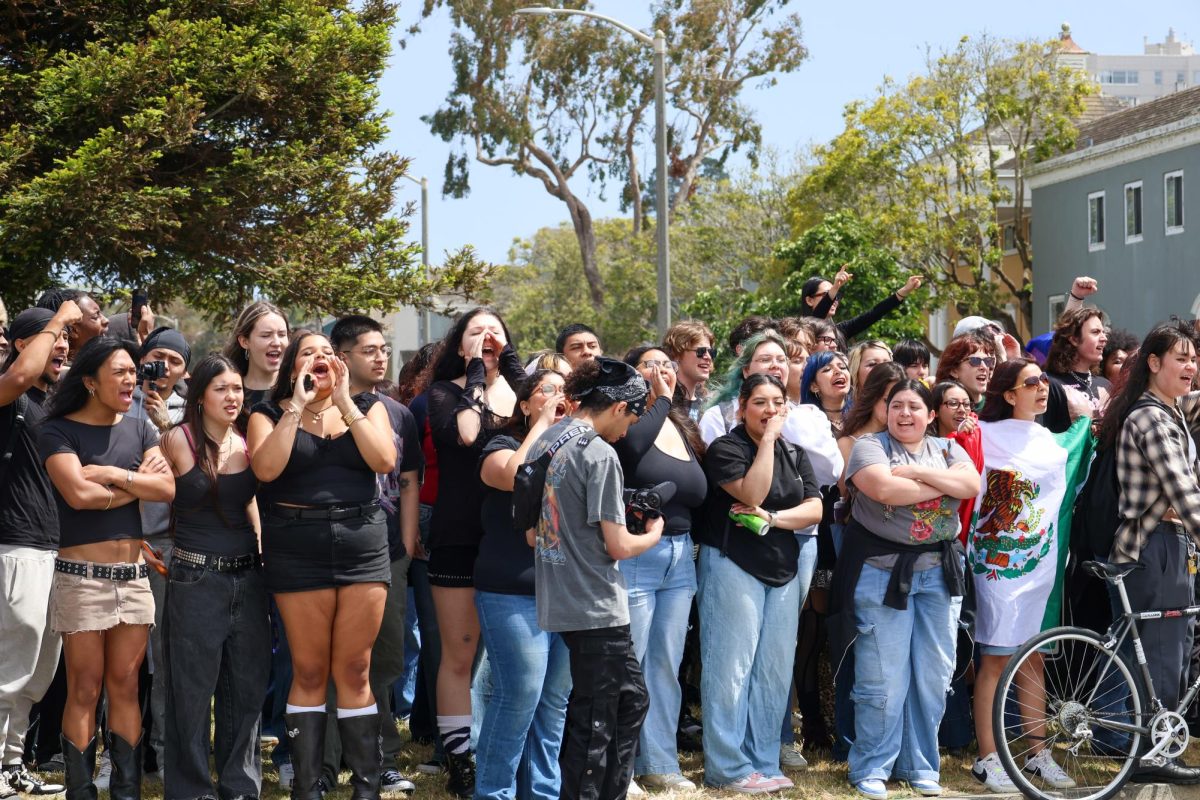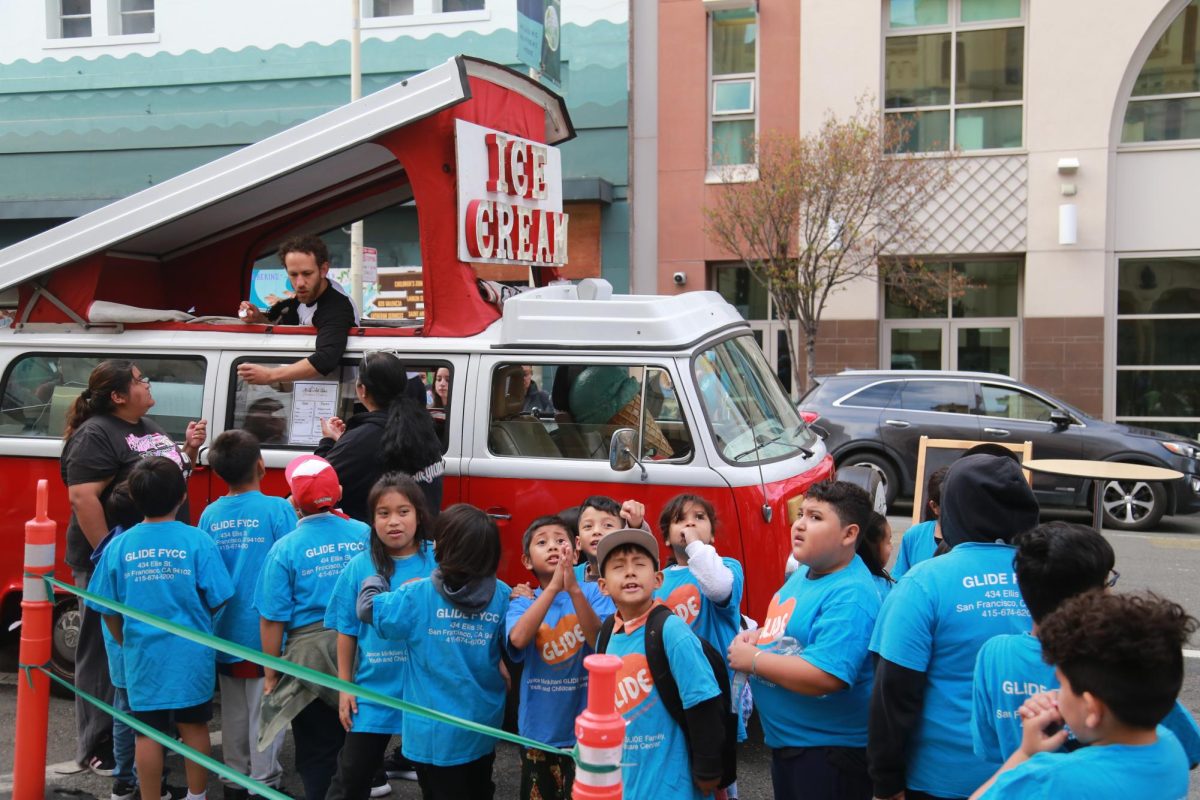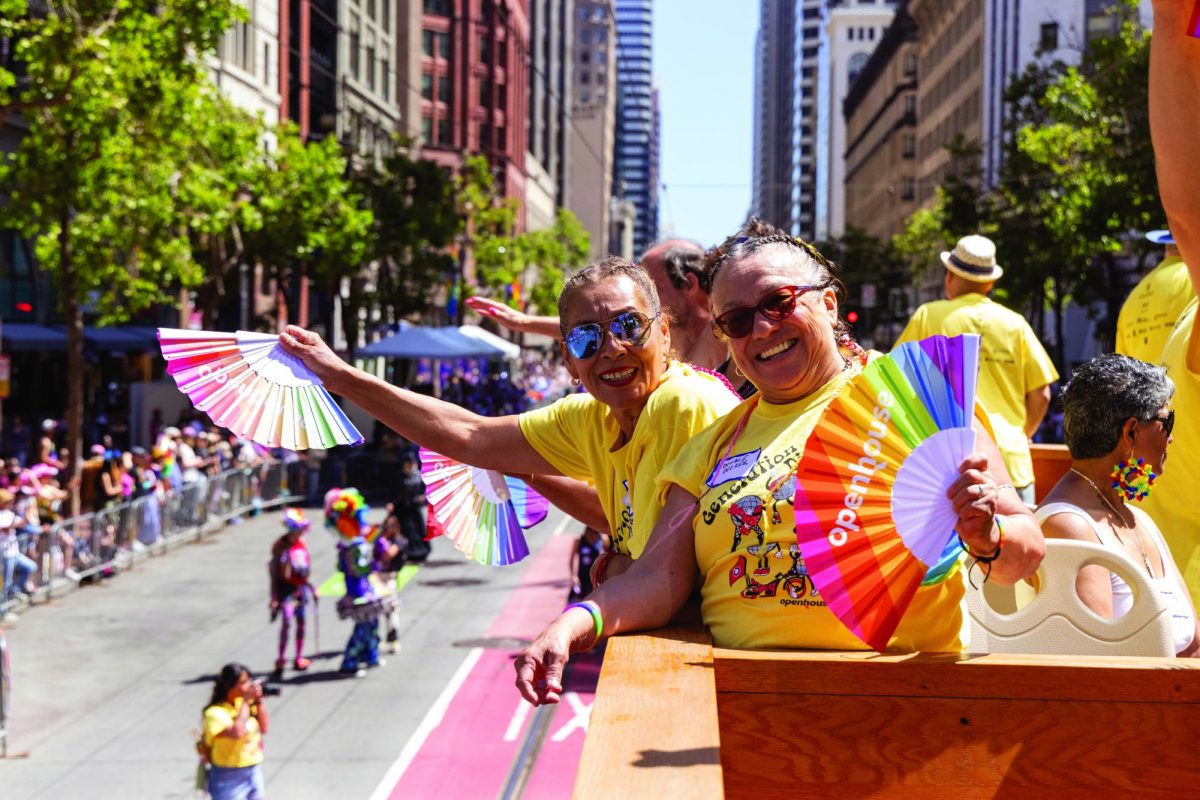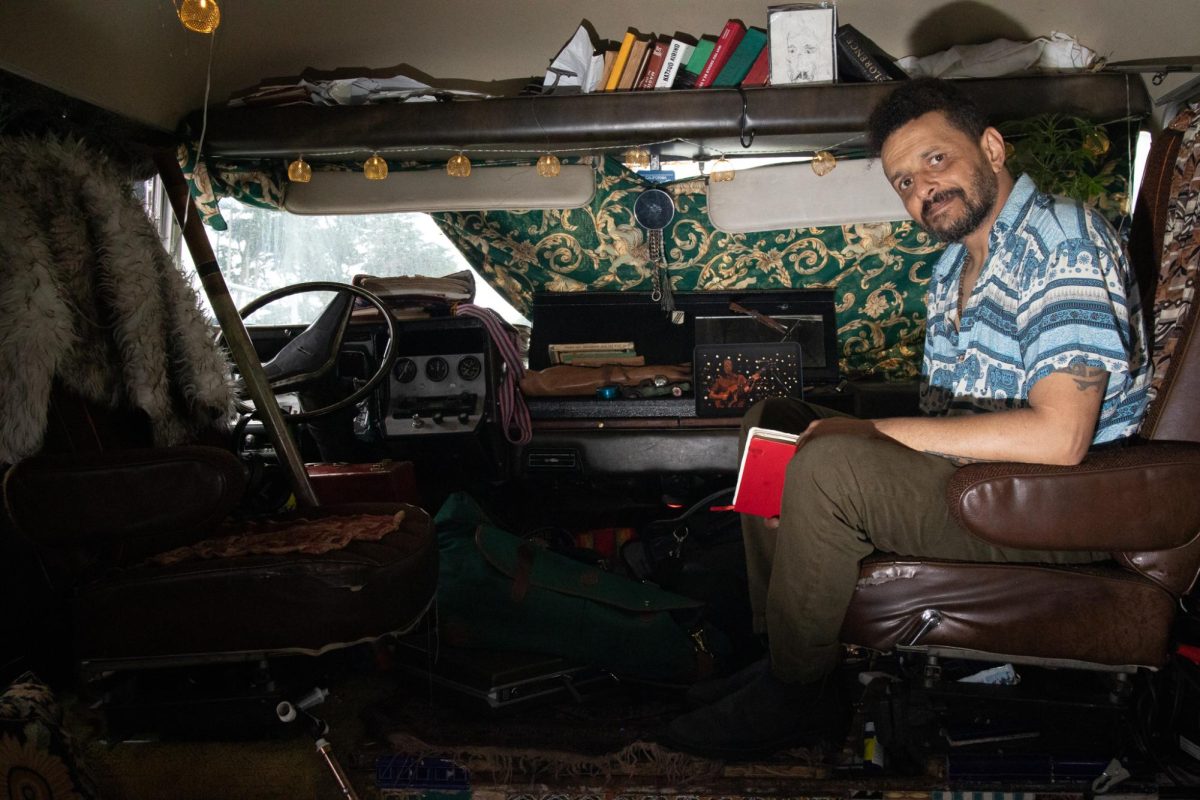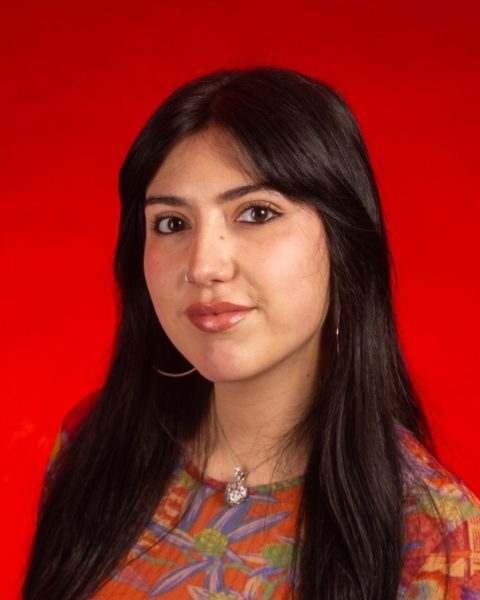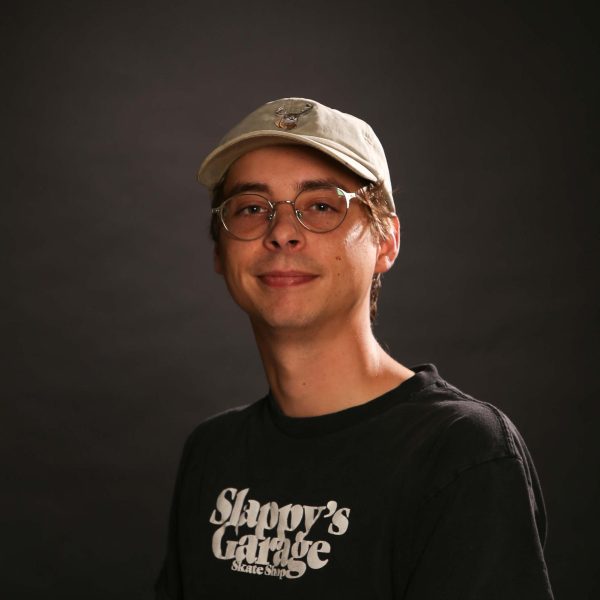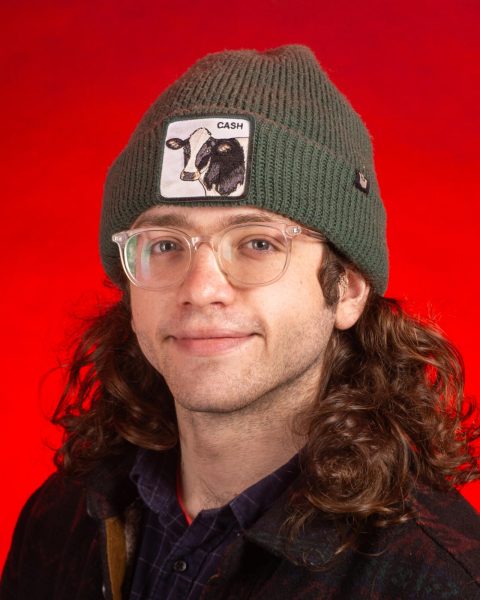Densely packed together, a crowd of rave-goers surrounds a makeshift DJ booth constructed out of a single steel barricade and two strips of caution tape. Colorful strobes pierce through the haze emitting from a fog machine. A psychedelic design is projected on the ceiling, illuminating the graffiti-ridden concrete walls encompassing the event.
Situated at the end of a seemingly endless staircase and a dirt trail surrounded by trees, the abandoned military structure is perfectly secluded within the San Francisco cliffs. The remote location makes it an ideal spot for the initial secrecy of a rave.
Dressed in their Halloween costumes, hundreds of people set out to make the trek to the evening’s anticipated event. With each step up toward the faint booming bass of the speaker, attendees can feel their feet sinking into the sand.
Despite the existence of events and festivals such as EDC, Outside Lands and Rolling Loud, “underground” rave culture has significantly declined since the early 2000s, as reported by Tammy L. Anderson in her Sociological Forum Journal. This has been measured by the prevalent decrease in the number of such events, as well as event attendance. Cave Rave was created to reinforce the authentic rave culture that used to exist in San Francisco.
The event thrown by Cave Rave Entertainment on Oct. 28 was created by an apparel design and merchandising student at SF State. Cave Rave Ent. is a combination rave-clothing brand. The inspiration to merge a clothing brand with a rave came from their combined love for music and clothing. The proceeds from the apparel are reintegrated into funding for the “cave raves” to keep them admission-free.
Due to the legality of the unpermitted events, the student will be referred to by their Instagram handle @caverave.ent throughout the story for the purpose of anonymity and source protection.
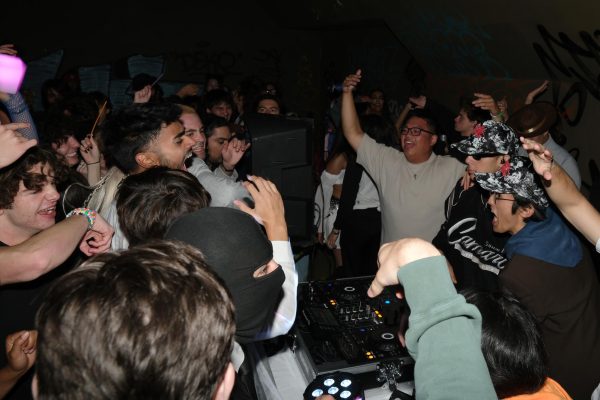
Cave Rave Ent. pulls inspiration from the past rave culture in San Francisco, as well as that of the United Kingdom and Russia during the ’90s. The vision behind the brand emphasizes the importance of the overall rave experience. [9] From a fog machine to lasers and the limited color palette of lighting for a specific ‘darker aesthetic,’ the audience’s energy stems from the environment provided.
“It started out because the events that I wanted to see and the energy I wanted to see in them wasn’t there in San Francisco, and so I wanted to bring that somehow,” said @caverave.ent. “I’ve been to a couple of good events, don’t get me wrong — but it’s very rare, or they’re charging crazy money to get in.”
Gia Guzman-Hornback, a second-year liberal arts major at SF State, heard about cave raves through a friend who sent her a screenshot of the flyer they had posted to the instagram story. What intrigued her most about the event was the location and being able to celebrate Halloween with her other schoolmates.
“It was really cute, you know, you had to take a little hike to get up to the party, it was awesome,” said Guzman-Hornback. “I thought it was organized really well […] I hope they have another one.”
After attending a couple of pre-Halloween weekend parties, Finnley Lawler, a second-year visual communication design major at SF State, headed over to the Cave Rave event with some friends. Dressed as a chef, Lawler made his way to the front of the crowd, jumping and dancing around to the beat of the music.
“I really like dancing, but I don’t like dancing to club music,” said Lawler. “Techno [music] and rave [events are] like, I love that […] and also kind of, like, the mosh-type energy vibe.”
Kotaro Kajinishi, who goes by KJ, was one of the two headlining DJs of the evening. Originally born and raised in Japan, KJ transferred to SF State about one year ago, and is a third-year marketing major at SF State.
His inspiration to start DJing originally came from his friends in Japan. There are many similarities and differences between the rave scenes in Japan and the U.S., but one of the reasons why KJ really enjoys playing his music in America is the enthusiasm from the crowds.
“At the last [Cave Rave], […] I played [a remix of] Skrillex with the Kendrick Lamar ‘Humble’ song, and everyone’s jumping and I could see someone [crowd-surfing],” said Kajinishi. “I was like, oh, ‘This is America.’ Love it.”
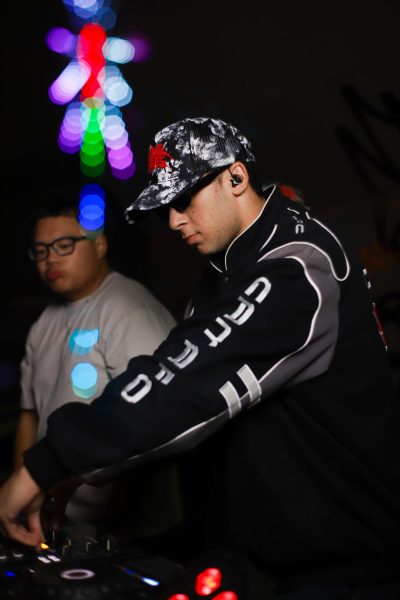
Undisclosed Location, San Francisco, CA October 28, 2023. (Colin Flynn/ Golden Gate Xpress) (Colin Flynn)
The other DJ who played alongside Kajinishi was Youssef Elseifi, who goes by the stage name Tobë. Elseifi is a fourth-year electrical engineering and computer science major at UC Berkeley. He started DJing about 10 months ago and is already under management and performing at festivals. Like KJ, his favorite part about playing for an audience is the energy he receives from the crowd.
Unlike his normal events, Elseifi volunteered to play his sets at the Cave Rave. He admired the genuine motivations behind Cave Rave Ent., which embodies the authentic underground experience.
“[@caverave.ent] definitely fostered the PLUR environment,” said Elseifi. “Music is vibes. That’s why I think I had the most fun, because there was no restrictions on what I could play.”
PLUR was first introduced as the defining mantra of the early rave movement. Each letter in the acronym represents the four pillars of raving: Peace, Love, Unity and Respect. Each of these guiding principles expresses the primary ethos and cordiality within the underground community.
“There’s a ton of event throwers here in Berkeley that try to do the same thing [@caverave.ent] did and they suck because they’re not genuine,” said Elseifi. “They’re [all] trying to make money off of it, which is the wrong approach.”
The adventurous undertone to these sorts of unsanctioned events is a big reason as to why people enjoy them so much. Hadil Caldera Florez, a third-year transfer student at SF State, emphasized the spontaneity in attending the underground scene. Correspondingly to Guzman-Hornback, her favorite part of the rave was the location.
“My favorite part would be just walking into the cave because I didn’t know [it] even existed,” said Caldera Florez. “I think it’s a very interesting and spontaneous adventure.”



